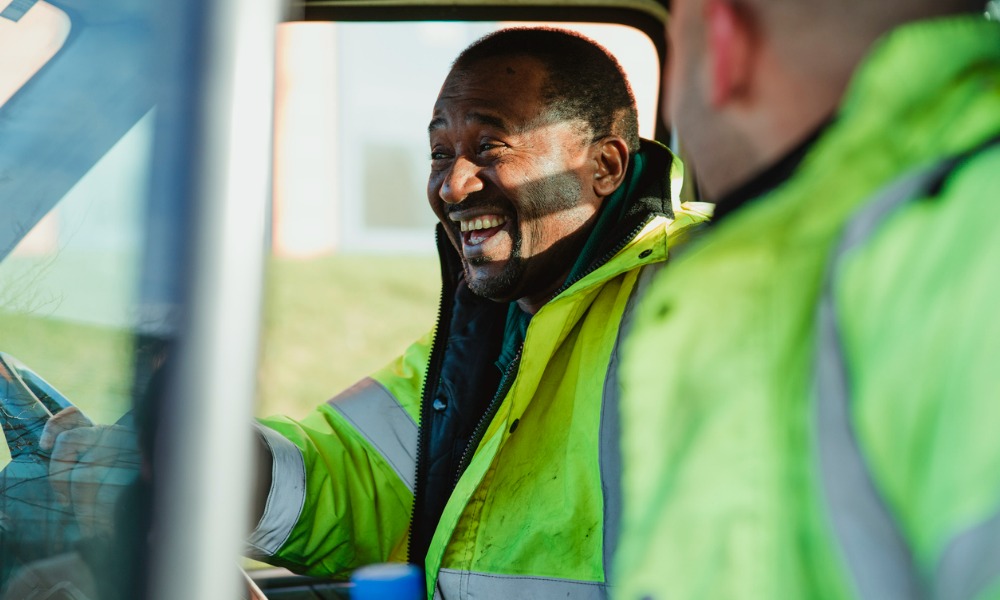Top executives at Global Solutions and L'Oreal explain how to engage workers in creating a sustainable environment

The ASSP Safety 2021 Conference & Expo was a great place to learn about different companies’ approaches to occupational health and safety challenges.
In a panel led by Malcolm Staves, Global VP Health & Safety, L’Oreal, and Kathy Seabrook, CEO, Global Solutions (and former ASSP president), the two speakers expanded upon how to engage workers and leaders to build a strong, sustainable safety culture.
VUCA
“Now more than ever, with technology, with pandemics, with weather, with all the nuances that are happening in the world […] “We live in this VUCA world,” said Seabrook, referencing the leadership acronym coined by Warren Bennis and Burt Nanus. VUCA or Volatility, Uncertainty, Complexity and Ambiguity is an approach which allows for (and encourages) leadership to think outside the box.
Both Staves and Seabrook spoke at length about different campaigns and ways of using data that could benefit businesses and organizations and enable them to optimize workplace health and safety.
Staves was keen to highlight that each organization must go at its own pace, to make sure that it is not biting off more than it can chew:
“If [an organization tries] something that’s more advanced […] then [it is] going to sink,” said Staves. “This is all about applying the right tool at the right time.”
To succeed, businesses and organizations need to undertake a measured, steady approach which is led by data and which seeks to transform safety culture in the long term.
An international approach
Staves also discussed L’Oreal’s approach to the pandemic.
He said that at the start of the pandemic, the team assumed that COVID-19 would be contained to China and thus sent all of its PPE supplies to workers there.
“The problem was when it came to us, there was [sic] no masks available. So we were in a difficult situation,” said Staves.
Staves also highlighted the difficulties in coordinating an international response (L’Oreal has 90,000 employees in 150 countries) in workplaces that were in different stages of COVID-19, spoke different languages, had different regulations and health measures, etc.
One way that L’Oreal looked to increased health and safety in its workplaces around the world was adopt a clear and simple global policy that was communicated in a single-page format and adaptable to local requirements.
Corporate social responsibility
Another of the emerging trends highlighted by Staves and Seabrook is corporate social responsibility (CSR).
This is part of broader sustainability goals, which include for example the United Nation’s (UN) sustainable development goals; environmental, social and governance (ESG) impacts; and human capital and OHS.
“This is something for all of us to watch, because change is happening and it’s being driven by all stakeholders to companies,” said Seabrook.
Sustainability is very much a key topic in the OHS sphere, becoming a huge part of the conversation.
Through increased CSR, businesses and organizations are pushing for more transparency and accountability, which will help strengthen workplace health and safety in the long run.





